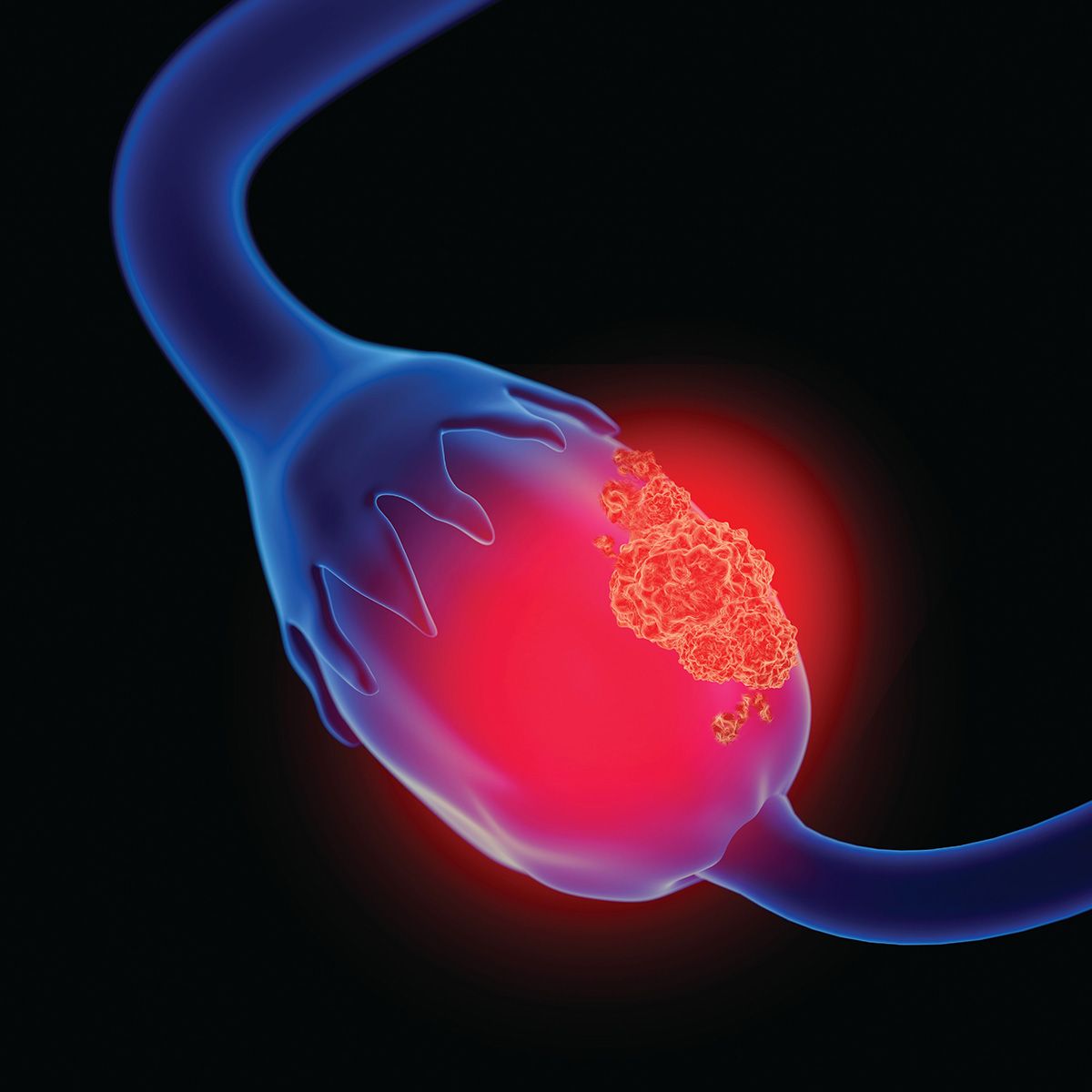Article
More May Benefit from PARP Inhibitors Through Drug Combinations
Author(s):
PARP inhibitors are continuing to create buzz in the ovarian cancer space, both as single agents and in combinations that are currently being examined in clinical trials.
PARP inhibitors are continuing to create buzz in the ovarian cancer space, both as single agents and in combinations that are currently being examined in clinical trials.
For example, according to results from the phase 2 MEDIOLA trial that were presented at the 2018 Society of Gynecologic Oncology (SGO) Annual Meeting, combining the PARP inhibitor Lynparza (olaparib) with the immune checkpoint blockade Imfinzi (durvalumab) had an objective response rate (ORR) of more than 70 percent among patients with relapsed, platinum-sensitive, BRCA-mutant ovarian cancer.
“PARP inhibitors have all the aspects of modern oncology — they are a form of targeted therapy, are associated with good biomarkers, have a great toxicity profile and come as a pill,” Michael Birrer, M.D., Ph.D., director of the University of Alabama at Birmingham Comprehensive Cancer Center said in an interview with OncLive, a sister publication of CURE.
The use of these agents continues to expand. For example, Rubraca (rucaparib) recently was granted FDA approval for the maintenance treatment of recurrent epithelial ovarian, fallopian tube or primary peritoneal cancer.
And since PARP inhibitors are so specific in the type of cells they target, they’re typically well-tolerated and do not affect many other cells in the body, Birrer said. Not to mention, while these agents can produce some response for a broad spectrum of patients, health care professionals have confidently identified the population that will likely benefit most — those with either germline or somatic BRCA1/2 mutations.
“The caveat here is that even after all of that testing, there are patients who do not have any of these indicators of response, but they still seem to gain some benefit from PARP inhibition,” Birrer said. “While these biomarkers are helpful, they are not perfect.”
To expand the use and efficacy of PARP inhibitors, researchers are combining them with other agents, such as immunotherapies — research that Birrer called “a very hot area.”
Multiple trials, including MEDIOLA, are combining one of the major PARP inhibitors with an immune checkpoint blockade. This tends to work when tumor cells have homologous recombination deficiency (HRD), therefore, leading to multiple abnormalities in the tumor’s DNA. The abnormalities create neoantigens — something the body has never seen before.
“They would be great targets for checkpoint inhibitors, hence the combination of PARP inhibition and immune checkpoint inhibitors,” Birrer said. “Those trials are anything from small phase 2 studies to now much larger studies trying to look at both safety and efficacy of those combinations.”
But the potential of PARP combinations doesn’t stop there. Combining PARP inhibitors with angiogenesis inhibitors — which stops the growth of new blood vessels – may also be a possibility.
An angiogenesis inhibitor essentially starves tumor cells of blood, making it hypoxic, which some data says makes the cell DNA abnormal. This would mimic the tumor having HRD, making it more sensitive to PARP inhibition, according to Birrer.
For example, an ongoing phase 2 study is investigating the PARP inhibitor Zejula (niraparib) plus Avastin (bevacizumab), VEGF inhibitor, for maintenance treatment of patients with advanced ovarian cancer after they showed a response on frontline platinum-based chemotherapy. (NCT03326193).
“That is the second [type of] combination that has created a lot of excitement,” Birrer said.





